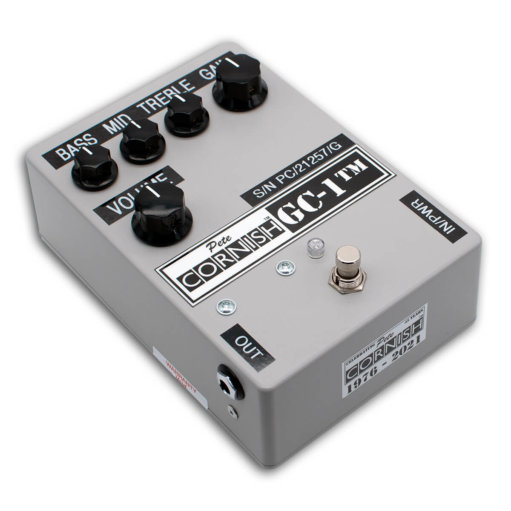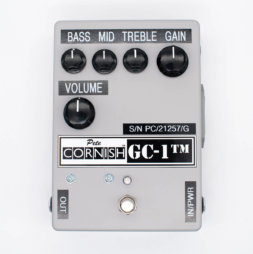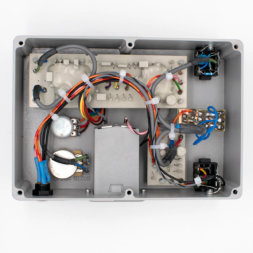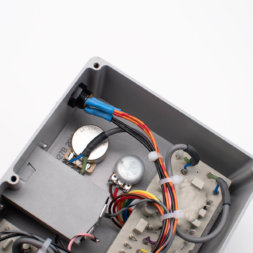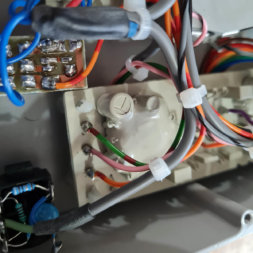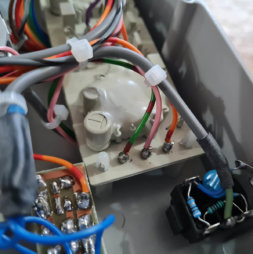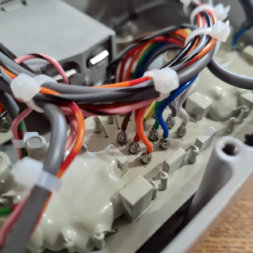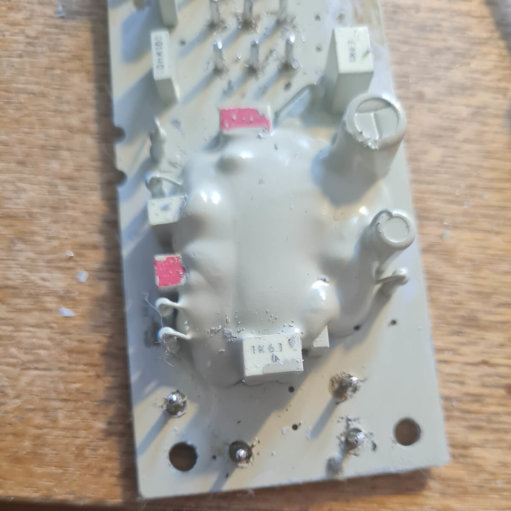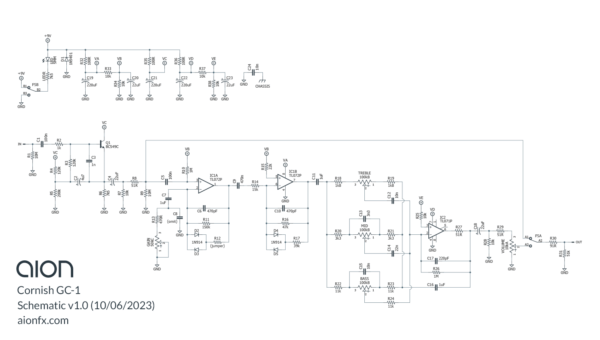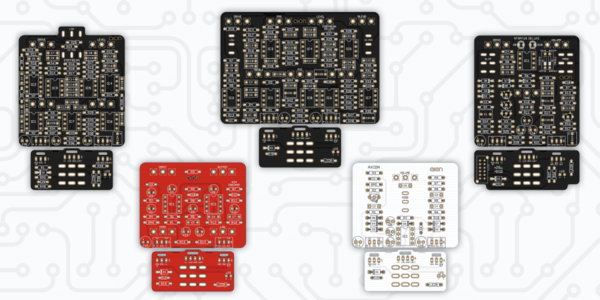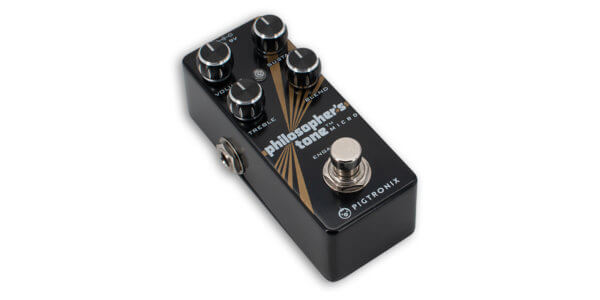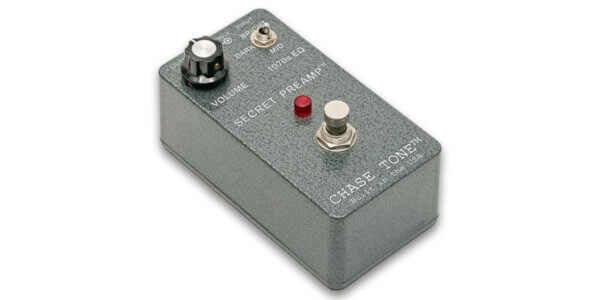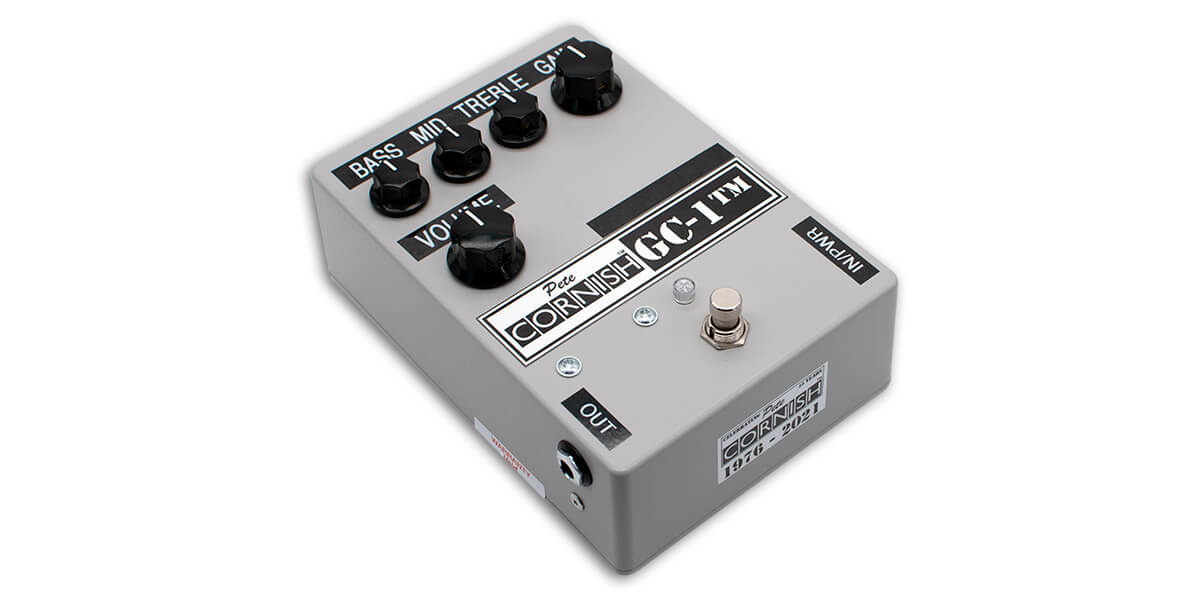
Tracing Journal: Cornish GC-1
This is the third of three new Cornish traces we’re posting today alongside the NG-3 and P-2. The GC-1 was released in 2021 to celebrate Pete Cornish’s 45 years in the music gear industry.
Here’s a demo of the pedal by Simon Gotthelf:
According to Pete, it’s a “completely new unique three stage design.” He references the P-2 and G-2 in the product description when describing the gain range, as well as noting an active EQ and both hard and soft clipping.
This all sounded pretty interesting. The OC-1 and CC-1 were also brand new designs, and very original compared to his previous offerings, not obviously based on anything else out there. So we took one apart to see what was inside.
Tracing photos
We learned some lessons from the CC-1 trace and just desoldered both epoxy blocks in their entirety and measured the components from the bottom. This wouldn’t have been easy with a double-sided PCB, but the vintage-style etched boards make it simple.
And speaking of the CC-1: the PCB looks familiar. Here are the two boards side by side, CC-1 on the right for comparison:
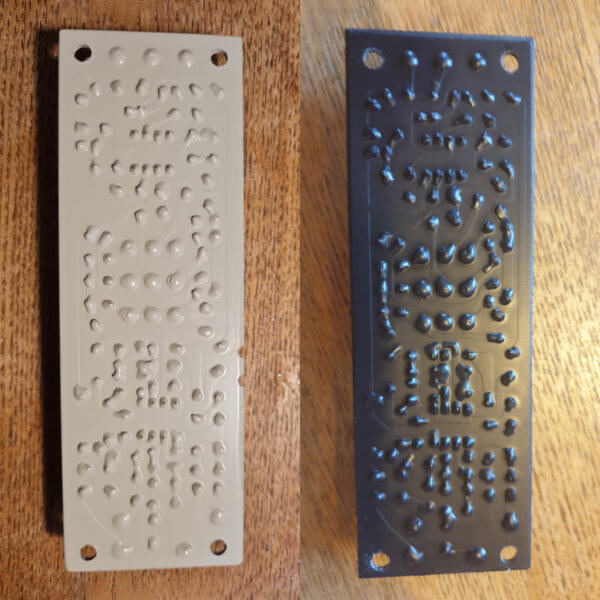
It’s the same PCB… so much for being completely new! Here’s what we found when we drew up the schematic.
Schematic
Analysis
In the end it was a bit of a letdown: a CC-1 with several value swaps. The exterior is largely identical, but given Pete’s claims, we figured the external similarities must be coincidental.
Yes, it’s original in the literal sense of the word, that it originated from Pete… but it originated as the CC-1 in 2013, eight years before the GC-1 came along in 2021. To us, it goes beyond exaggeration to call it completely new. Certainly none of his customers would reasonably interpret the product description this way, and most would be dismayed to learn it, especially if they already owned both.
The technical description of the circuit is also incorrect. The GC-1 describes “both hard and soft clipping stages with automatic switching between them as the gain increases.” A hard clipping stage would bring to mind a diode-to-ground arrangement like the SS-3. However, the GC-1’s clipping is the same as the CC-1, which Pete describes (correctly) as having two soft clipping stages. There is no hard clipping in either the CC-1 or GC-1.[1]
We firmly believe that more transparency is better for everyone, and these kinds of reality checks are part of the reason we do what we do. Even a legend like Pete Cornish is not above the hyperbole and falsehood that characterizes much of the gear industry.
Cepheus update
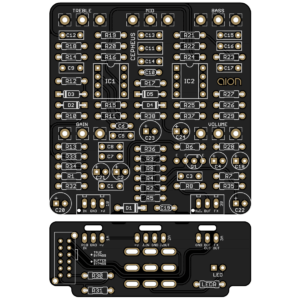 So, as with the P-2, there’s no brand-new project since it’s not a brand-new circuit. However, we did update the Cepheus (CC-1) build documentation to include the GC-1 values, and so you can build either version with the PCB. No PCB changes were necessary since it’s purely a value-swapped design.
So, as with the P-2, there’s no brand-new project since it’s not a brand-new circuit. However, we did update the Cepheus (CC-1) build documentation to include the GC-1 values, and so you can build either version with the PCB. No PCB changes were necessary since it’s purely a value-swapped design.
Disclaimer: Aion FX is in no way affiliated with Pete Cornish. Any trademarks are property of their owners and are used for comparative purposes only.
Notes & references
- The series resistor softens the diodes’ effect, so jumpering the R12 resistor will make the GC-1’s clipping harder than the CC-1. But with the resistor jumpered, it’s the same clipping arrangement as a Tube Screamer, which is still universally considered soft clipping. ↩
